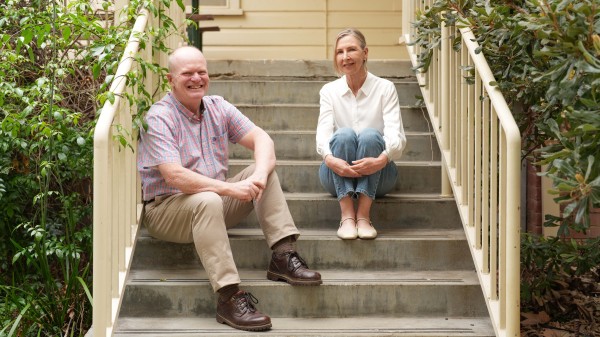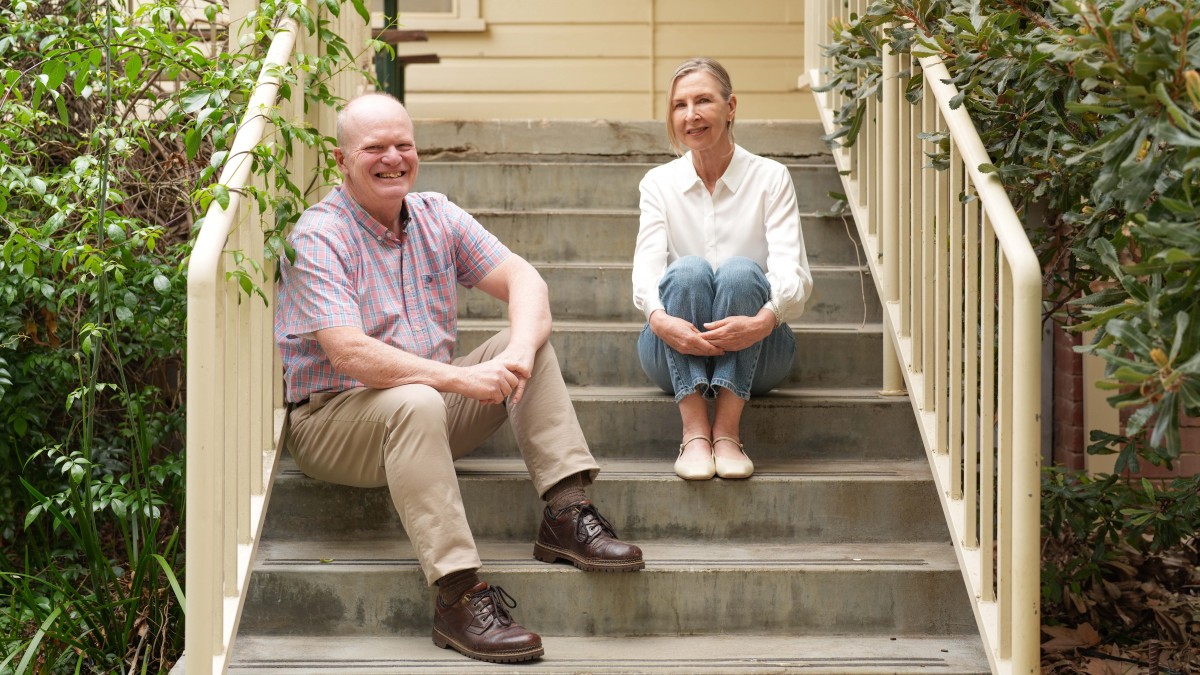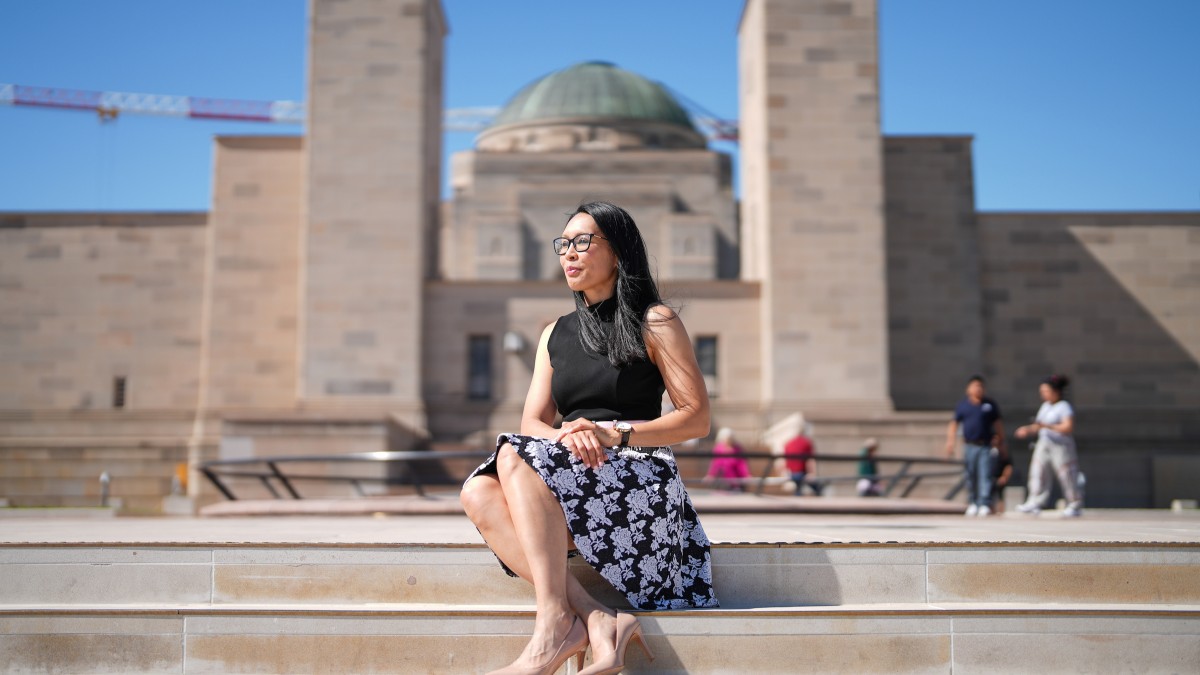Trekking is an activity that Dr Gurdial Singh has always enjoyed. Before family and work commitments became a priority, trekking was a pursuit he regularly undertook.
Over the last few years, he has regained the opportunity to spend time hiking.
“My interest and knowledge of trekking comes from hearing and reading about places of worship in the Himalayan mountains where many Indians travel.”
“When I was studying medicine in India, my fellow students and I did a bit of trekking in the region and that sparked an interest to return one day to explore more of the Himalayas.”
Dr Singh - an Anaesthetist at Sydney Adventist Hospital, and Clinical Senior Lecturer at the Australian National University (ANU) School of Medicine and Psychology - has climbed heights ranging from 1500 to 4600 metres.
“Experiencing the beauty of Mother Nature, and the inner calm and serenity that comes when trekking the Himalayas is incredible. Time seems to stand still.”
In early November, Dr Singh will take on his highest challenge yet, trekking to Everest Base Camp (EBC) at 5364 metres.
His training includes altitude fitness, a physical and mental challenge which aims to simulate the conditions he’ll experience in Nepal.
“The body needs time to adjust to the reduced oxygen and changes in air pressure,” Dr Singh said.
“I train at a specially designed gym where the environment has reduced oxygen levels to approximately 3,500 metres, simulating a high-altitude environment.”
“Although lower than EBC it’s a good way to train to acclimatise the body to what it will experience.”
The EBC trek, involves about five to eight hours of trekking daily, gaining about 300m of elevation each day to minimise the risk of altitude sickness and allowing for proper acclimatisation.
Dr Singh advised that this trek is extra special because he is raising funds for essential upgrades to the training equipment at the Simulation Learning Centre at the Sydney Adventist Hospital.
One of main purchases from the fund raising will be simulation mannequins – a technology that provides health and medicine students and professionals with the opportunity to practice procedures such as cannulation and venous puncturing, and diagnostic methods such as anaesthetic airway crises, advanced life support, and obstetrics emergencies, on computer-based models in realistic clinical scenarios.
With less than a month till he takes flight to Nepal, Dr Singh continues his training in-between his clinical work.
- If you’d like to support Dr Singh and the students/trainees who will benefit from the new equipment, you can donate here.











